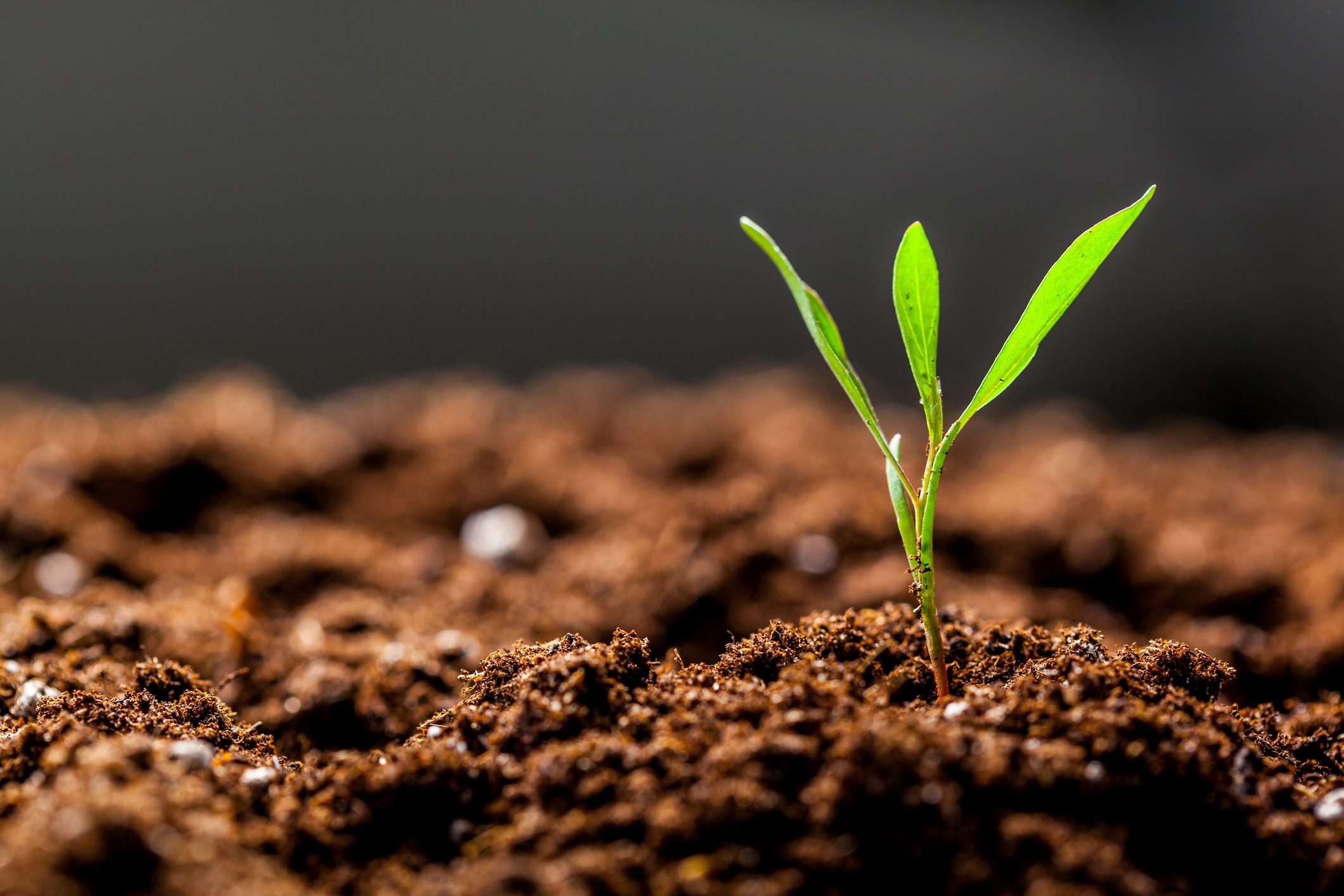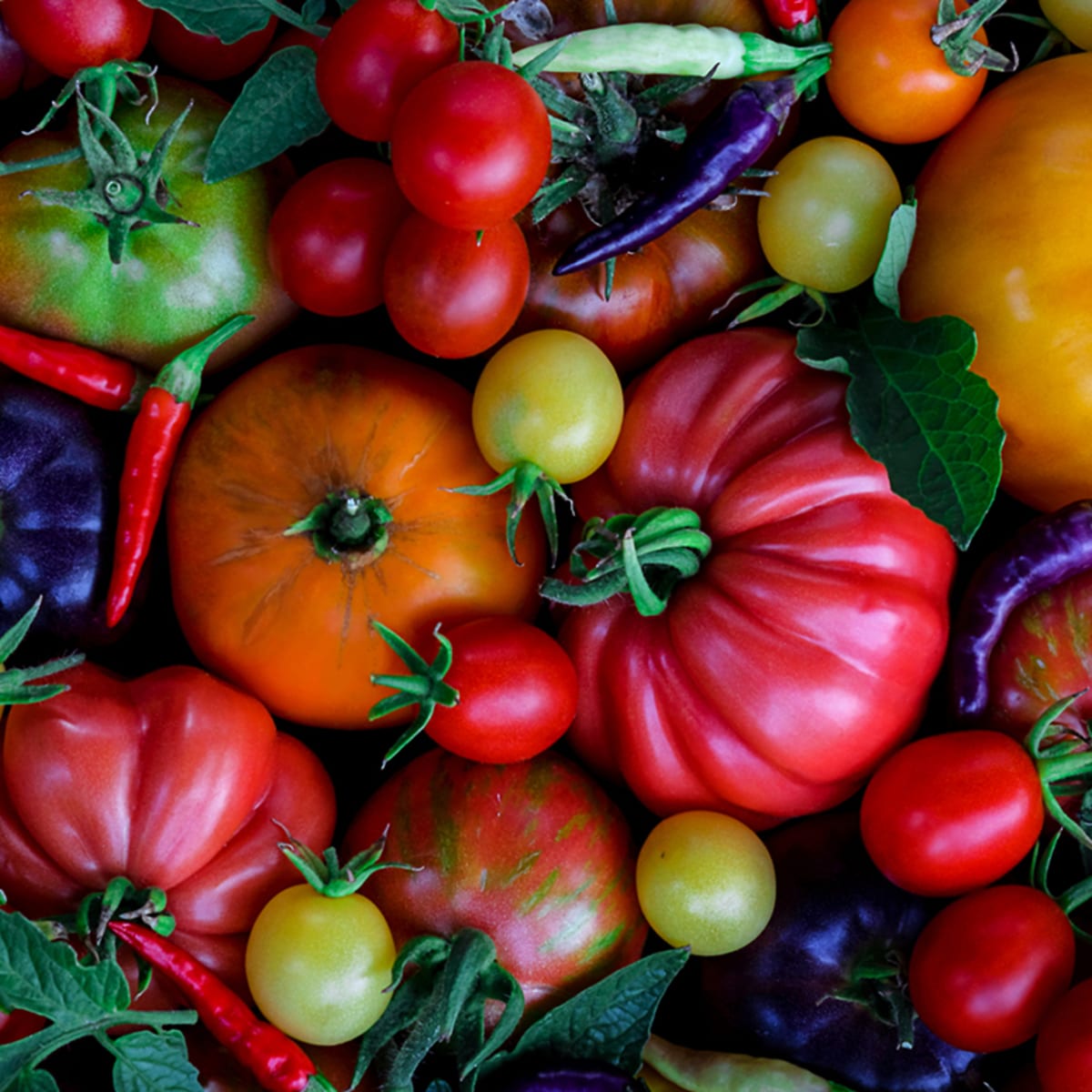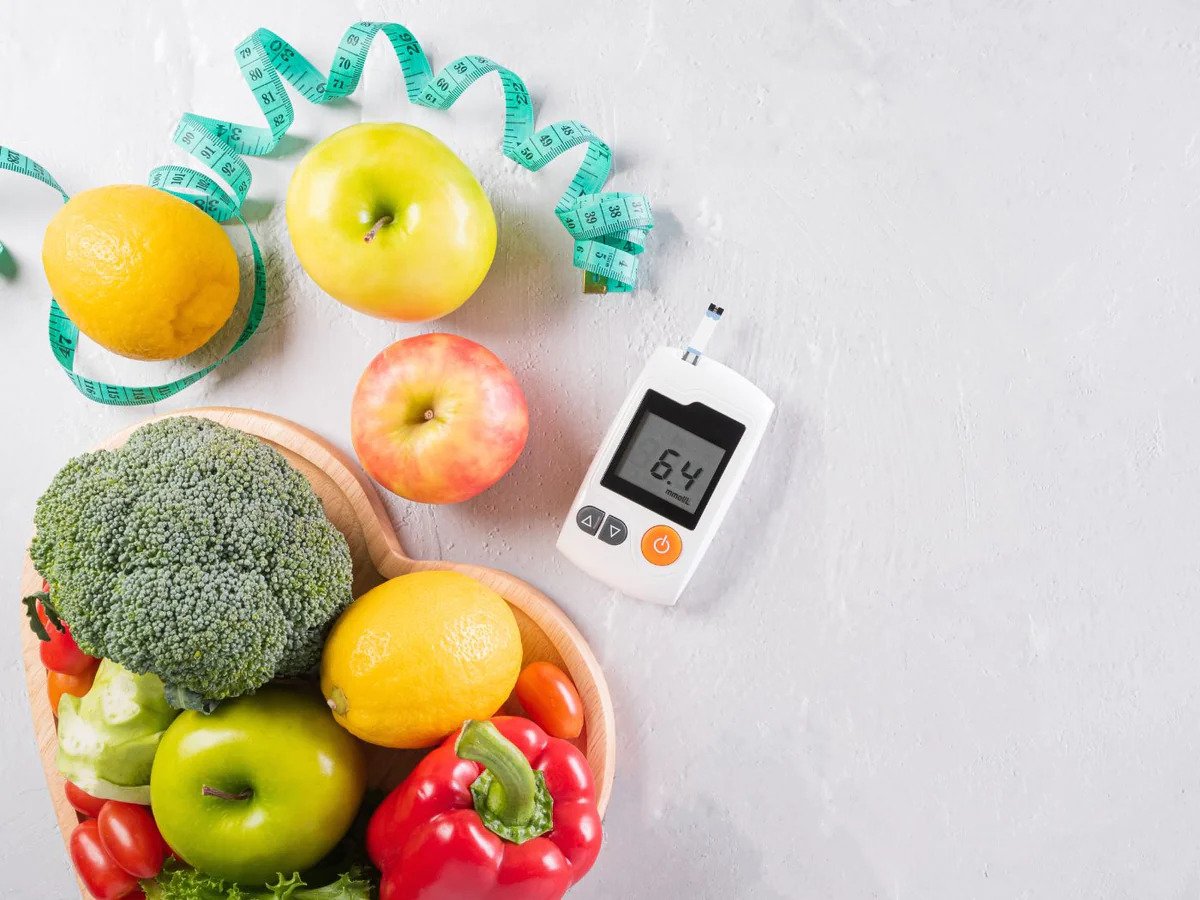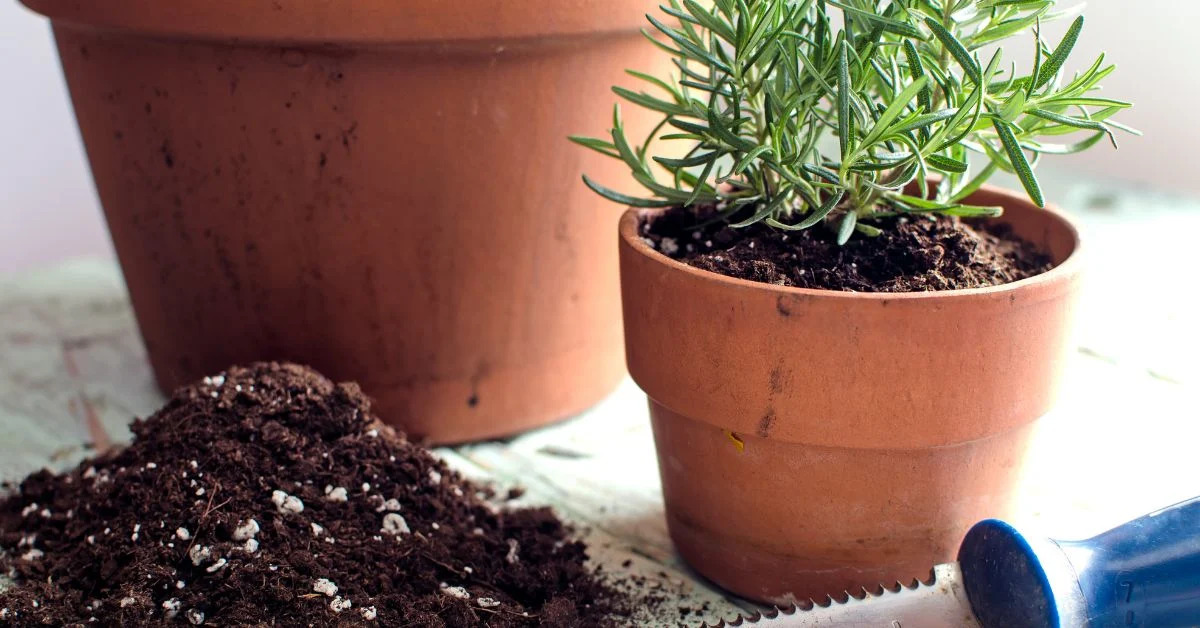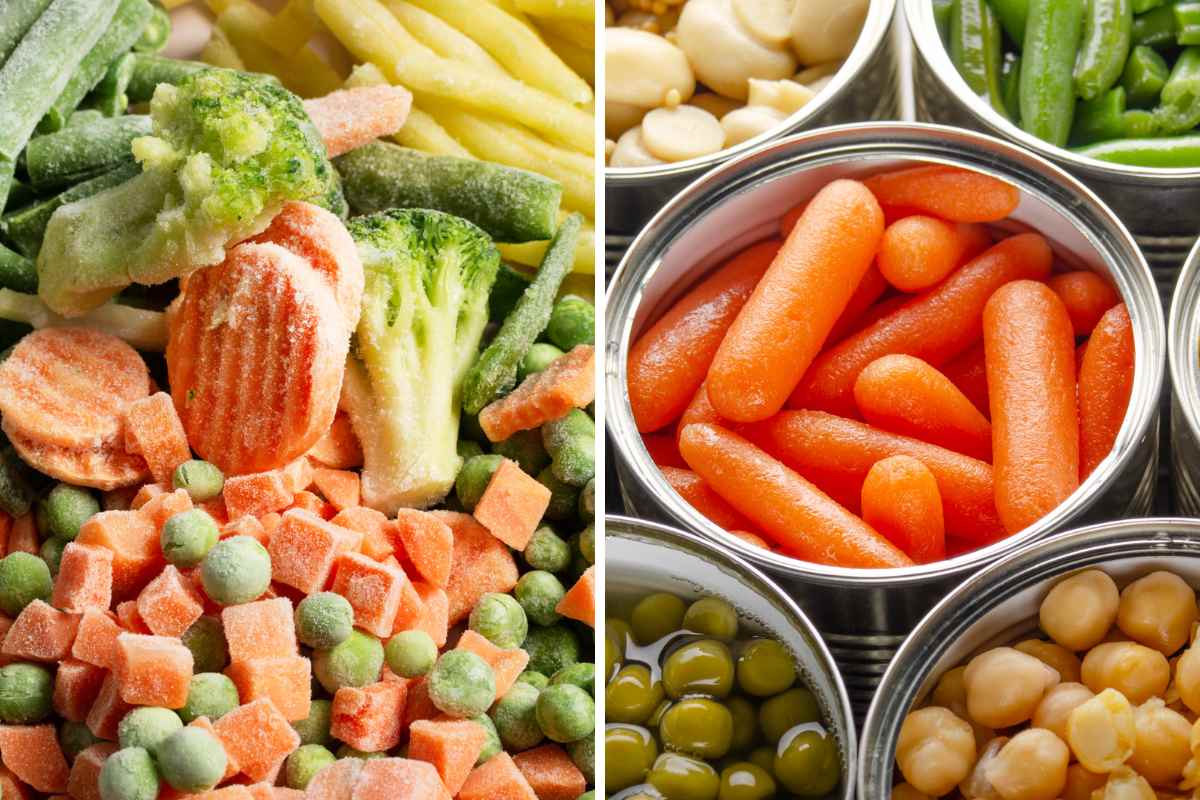Home>Gardening Basics>Understanding Soil>Which Vegetables Like Acidic Soil
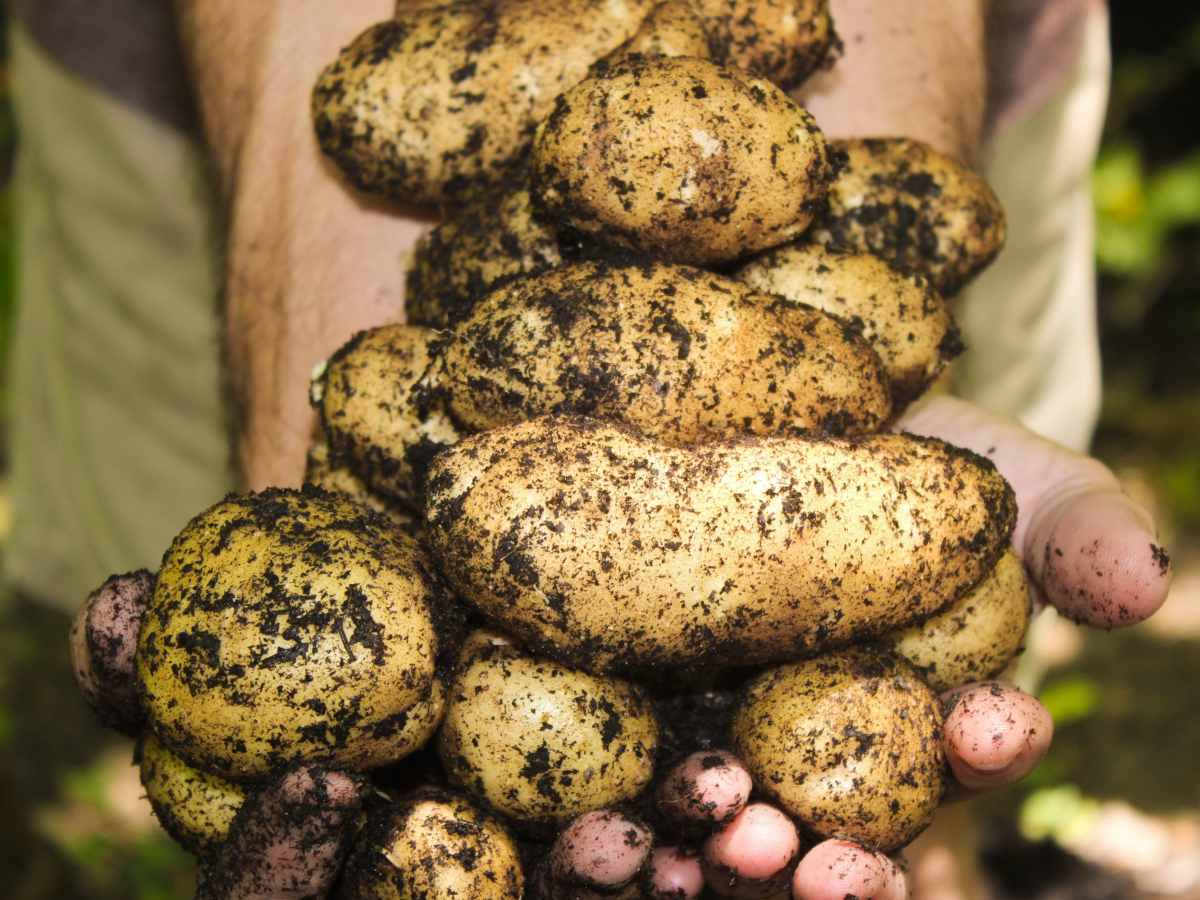

Understanding Soil
Which Vegetables Like Acidic Soil
Published: October 4, 2023
Learn which vegetables thrive in acidic soil and how to understand the soil conditions for optimal plant growth.
(Many of the links in this article redirect to a specific reviewed product. Your purchase of these products through affiliate links helps to generate commission for Chicagolandgardening.com, at no extra cost. Learn more)
Table of Contents
Introduction
Welcome to the world of gardening, where soil plays a vital role in the success of your plants. Understanding the characteristics of your soil is crucial to providing the right conditions for their growth. One essential factor to consider is the pH level of the soil, which determines its acidity or alkalinity. pH levels range from 0 to 14, with 7 considered neutral, values below 7 being acidic, and values above 7 being alkaline.
In this article, we will focus on the topic of acidic soil and its impact on vegetable growth. Some vegetables prefer acidic soil for optimal development, while others require neutral or alkaline conditions. By understanding the needs of different plants and how to adjust soil pH, you can create an environment that promotes healthy vegetable growth and maximize your gardening efforts.
Whether you’re a seasoned gardener or just starting out, learning about soil pH and how it affects your vegetable garden is essential knowledge. So, let’s dive in and explore the fascinating world of acidic soil and the vegetables that thrive in it!
Understanding pH Levels in Soil
To effectively grow vegetables, it is important to grasp the concept of pH levels in soil. pH determines the acidity or alkalinity of the soil, which directly affects nutrient availability and plant growth. A pH scale ranging from 0 to 14 is used, with 7 being neutral. Values below 7 indicate acidity, while values above 7 indicate alkalinity.
Soil pH influences the chemical reactions that occur in the soil and affects nutrient availability to plants. Different nutrients are absorbed by plant roots at different pH levels. For instance, at lower pH levels, certain essential plant nutrients like nitrogen, phosphorus, and potassium become less available, hampering plant growth. Conversely, at higher pH levels, micronutrients such as iron, manganese, and zinc may become less accessible, leading to nutrient deficiencies.
Measuring soil pH is relatively simple and can be done using a pH testing kit or by sending a soil sample to a lab. A pH value of 6.5 to 7.5 is generally considered ideal for most vegetables, as it provides a good balance of nutrient availability. However, some vegetables have specific pH preferences, and understanding these preferences can help you make the necessary adjustments to optimize your soil conditions.
It’s worth noting that soil pH can vary within your garden, so it’s essential to test multiple areas to get an accurate reading. By understanding the pH levels of your soil, you can make informed decisions when selecting and growing vegetables that are best suited to your specific garden environment.
Acidic Soil and Vegetable Growth
Acidic soil, with a pH value below 7, can have a significant impact on vegetable growth. While some plants may struggle in acidic conditions, certain vegetables thrive in this type of soil. Understanding which vegetables are well-suited to acidic soil can help you plan your garden more effectively.
Acidic soil is rich in nutrients such as iron, manganese, and zinc, which are more readily available to plants. This can promote healthy foliage growth and enhance the overall productivity of your vegetable garden. Additionally, acidic soil tends to retain moisture better, which is beneficial for many vegetable crops.
Some vegetables that prefer or tolerate acidic soil include:
- Tomatoes: Tomatoes thrive in slightly acidic soil, with a pH range of 6.0 to 6.8. Acidic soil can help prevent blossom end rot, a common tomato disease.
- Potatoes: Potatoes prefer a slightly acidic pH between 5.0 and 6.5. Acidic soil can discourage the growth of scab, a common potato disease.
- Blueberries: Blueberries love highly acidic soil, with a pH range between 4.0 and 5.0. Acidic soil provides the ideal conditions for these sweet and tangy berries.
- Peppers: Peppers generally prefer a slightly acidic pH between 6.0 and 6.8. Acidic soil can help promote healthy root development and maximize pepper yield.
- Radishes: Radishes thrive in soil with a slightly acidic pH between 5.8 and 6.8. Acidic soil enhances their flavor and helps prevent disease and pest issues.
It is important to note that while these vegetables prefer or tolerate acidic soil, they can still grow in a slightly alkaline or neutral pH range. However, providing the optimal conditions they prefer can help maximize their growth and productivity.
On the other hand, certain vegetables such as legumes (beans and peas) and leafy greens tend to prefer soil with a more neutral to slightly alkaline pH. Checking the specific pH requirements for each vegetable you plan to grow will ensure that you provide the best environment for their growth and success.
Vegetables That Thrive in Acidic Soil
Acidic soil provides an excellent growing environment for certain vegetables. If your soil has a pH below 7, consider growing the following vegetables that thrive in acidic conditions:
- Tomatoes: Tomatoes are a popular choice for acidic soil. They prefer a pH range of 6.0 to 6.8, which provides a balance of nutrients and helps prevent diseases like blossom end rot.
- Potatoes: Potatoes also perform well in slightly acidic soil with a pH between 5.0 and 6.5. Acidic conditions can help deter the growth of scab, a common potato disease.
- Blueberries: If you enjoy growing fruits, acidic soil is ideal for blueberries. These tasty berries thrive in soil with a pH range of 4.0 to 5.0, creating the perfect conditions for their growth and fruit production.
- Peppers: Peppers, such as bell peppers and chili peppers, prefer slightly acidic soil with a pH between 6.0 and 6.8. Acidic conditions promote healthy root development and can maximize pepper yield.
- Radishes: Radishes are quick-growing vegetables that thrive in slightly acidic soil with a pH between 5.8 and 6.8. Acidic conditions enhance the flavor of radishes and help prevent disease and pest issues.
- Cranberries: Another fruit that does well in acidic soil is cranberries. They prefer a pH between 4.0 and 5.0, making acidic conditions crucial for their growth and berry production.
- Strawberries: While strawberries can tolerate a wider pH range, slightly acidic soil with a pH between 5.5 and 6.5 is beneficial for their growth and sweet flavor.
These are just some of the vegetables that thrive in acidic soil, but there may be others that can adapt well to these conditions. It’s important to note that while these vegetables prefer acidic soil, they can still grow in slightly alkaline or neutral pH ranges. However, providing the optimal soil conditions they prefer will help to maximize their growth and productivity.
Be sure to consider the specific needs of each vegetable you wish to grow and test your soil’s pH level before making any necessary adjustments. A soil pH test can help you determine the exact acidity and guide you in creating an ideal environment for your acidic soil-loving vegetables.
How to Test and Adjust Soil pH
Testing and adjusting the pH of your soil is essential to create the optimal growing conditions for your vegetables. Here are some steps to help you test and adjust soil pH:
- Step 1: Testing the Soil pH: Start by obtaining a soil testing kit from your local garden center or using a soil testing service. Follow the instructions provided to obtain a soil sample. It’s best to take samples from multiple areas in your garden to get a comprehensive understanding of the pH variations across your soil.
- Step 2: Interpreting the Results: Once you have your soil test results, you will typically receive a pH value. If the pH is below the desired range for the vegetables you wish to grow, it means your soil is acidic.
- Step 3: Adjusting Acidic Soil: If your soil is too acidic, you can raise the pH by adding organic matter such as compost, well-rotted manure, or aged pine bark. These amendments will gradually increase the pH over time. You can also add agricultural lime, which is rich in calcium carbonate, to neutralize acidity and raise the pH level. Be sure to follow the recommendations on the packaging for the correct amount to add based on your soil type and desired pH level.
- Step 4: Re-test and Monitor: After making adjustments, re-test your soil pH periodically to ensure that you have achieved the desired range. Adjustments may take several weeks or even months to fully take effect, so be patient and continue to monitor your soil’s pH.
- Step 5: Maintain pH Balance: Once you have achieved the desired pH range, maintain the balance by incorporating organic matter into your soil regularly. This helps to buffer any future pH fluctuations and provides a steady supply of nutrients for your plants.
Remember, it’s important to follow the specific recommendations for adjusting soil pH based on your soil type and the vegetables you intend to grow. Understanding the specific needs of your plants and providing the ideal pH conditions will result in healthier and more productive vegetable growth.
Tips for Growing Vegetables in Acidic Soil
Growing vegetables in acidic soil requires some careful planning and attention to detail. Here are some tips to help you successfully cultivate vegetables in acidic soil:
- Choose the Right Vegetables: Select vegetables that thrive in acidic soil, such as tomatoes, potatoes, blueberries, peppers, radishes, cranberries, and strawberries. Check the pH preferences of the vegetables you want to grow and ensure they are compatible with your soil conditions.
- Amend the Soil: Incorporate organic matter such as compost, well-rotted manure, or aged pine bark into the soil. These additions improve soil structure, enhance nutrient availability, and help balance the pH over time.
- Monitor Soil Moisture: Acidic soil tends to retain moisture better. However, it’s essential to maintain proper drainage to prevent waterlogging, which can lead to root rot. Ensure that your vegetable beds have adequate drainage and monitor soil moisture levels regularly.
- Fertilize Appropriately: Regularly fertilize your vegetable plants with organic fertilizers that are suitable for acidic soil. These fertilizers will provide the necessary nutrients and help maintain a favorable pH balance for optimal plant growth.
- Mulch Your Garden: Apply a layer of organic mulch around your vegetable plants to help conserve moisture, regulate soil temperature, and suppress the growth of weeds. Organic materials like straw, wood chips, or shredded leaves are excellent choices for mulching.
- Regularly Monitor Soil pH: Periodically test the soil pH to ensure it remains within the desired range for your vegetables. Regular monitoring allows you to make any necessary adjustments and maintain an optimal growing environment.
- Practice Crop Rotation: Rotating your vegetable crops annually can help prevent nutrient imbalances and control disease and pest issues. This practice allows the soil to recover and reduces the risk of specific soil-borne diseases that can be present in acidic soil.
- Provide Adequate Watering: While acidic soil tends to retain moisture better, it’s important to water your vegetable plants appropriately. Provide consistent and adequate watering, especially during dry periods, to ensure healthy growth and prevent water stress.
- Maintain Good Weed Control: Weeds compete with your vegetable plants for nutrients, water, and sunlight. Regularly remove weeds from your garden beds to minimize their competition and ensure that your vegetables receive the necessary resources for vigorous growth.
By following these tips, you can create a successful vegetable garden in acidic soil. Remember to pay attention to the specific needs of each vegetable, monitor your soil’s pH, and make any necessary adjustments to maintain optimal growing conditions.
Conclusion
Understanding soil pH and its impact on vegetable growth is key to successful gardening. Acidic soil, with a pH below 7, can provide favorable conditions for certain vegetables, while others may prefer a more neutral or alkaline environment. By testing and adjusting the pH of your soil, you can create an optimal growing environment for your vegetable garden.
Remember to choose vegetables that thrive in acidic soil, such as tomatoes, potatoes, blueberries, peppers, radishes, cranberries, and strawberries. These plants have specific pH preferences and will benefit from the nutrient availability and moisture retention that acidic soil provides.
When growing vegetables in acidic soil, it’s important to amend the soil with organic matter, monitor soil moisture levels, fertilize appropriately, and mulch your garden to provide the necessary nutrients, maintain moisture, and suppress weeds. Regularly monitoring soil pH and making any necessary adjustments will ensure the long-term success of your vegetable garden.
Additionally, practicing crop rotation, providing adequate watering, maintaining good weed control, and incorporating organic matter into your soil will contribute to the overall health and productivity of your vegetable crops. These practices help prevent nutrient imbalances, control disease and pest issues, and support the long-term sustainability of your garden.
With the knowledge and tips provided in this article, you can confidently grow vegetables in acidic soil and optimize your gardening efforts. Remember to check the pH preferences of the vegetables you plan to grow, make any necessary adjustments to your soil, and continue to monitor and care for your plants throughout the growing season.
Happy gardening and may you enjoy a bountiful harvest from your thriving vegetable garden in acidic soil!
